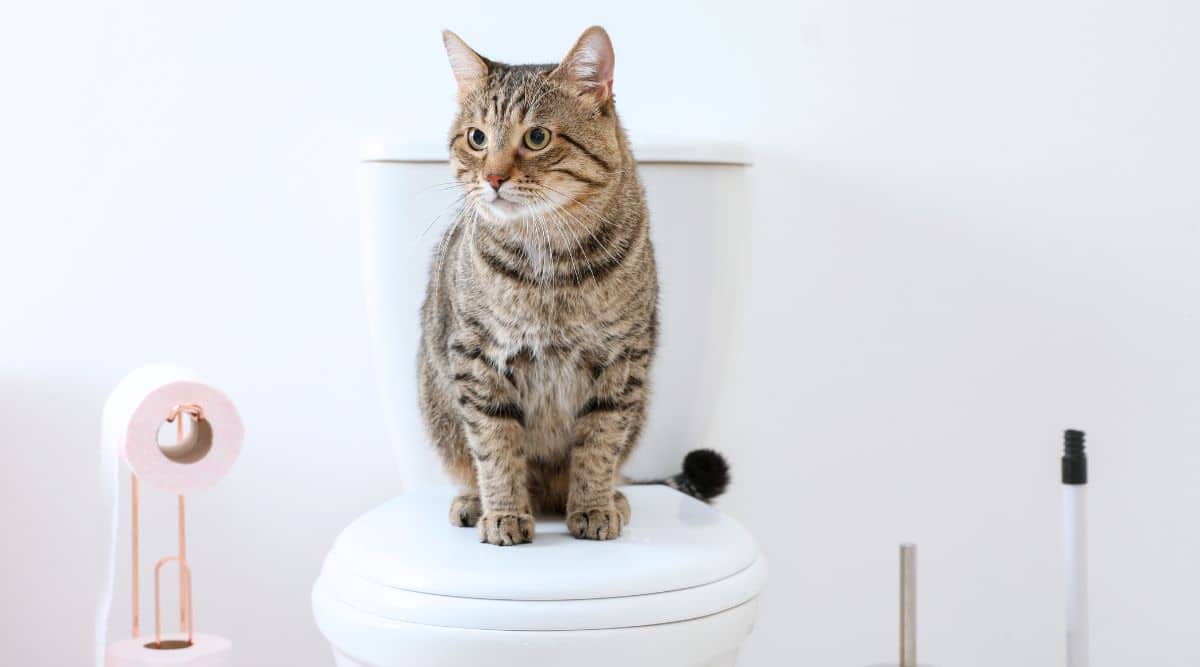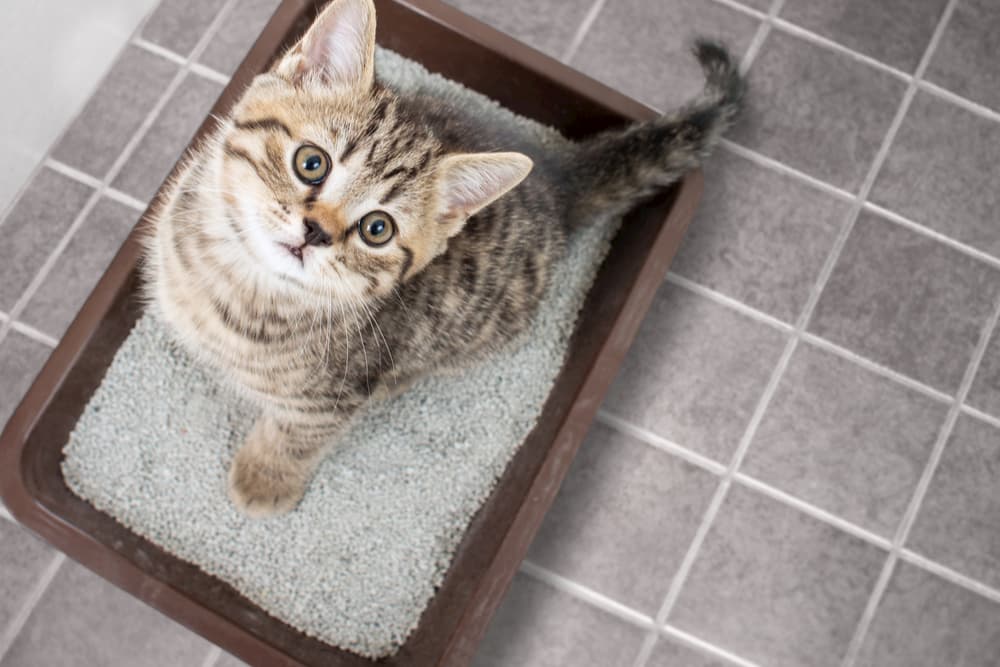Exploring Why Animal Waste Has to Not Be Flushed Down the Toilet
Exploring Why Animal Waste Has to Not Be Flushed Down the Toilet
Blog Article
This great article on the next paragraphs relating to Can You Flush Dog and Cat Poo Down the Toilet? is rather intriguing. You should take a peek.

When it involves disposing of waste, especially animal waste, many people often resort to the hassle-free alternative of flushing it down the bathroom. Nevertheless, this seemingly simple service can have serious effects for the setting and public health. In this short article, we'll explore why flushing pet waste down the bathroom is a negative idea and provide alternative methods for proper disposal.
Intro
Correct garbage disposal is vital for maintaining environmental sustainability and public health. While it might appear safe to flush animal waste down the toilet, it can result in various problems, both for the atmosphere and human well-being.
Threats of flushing pet waste
Environmental influence
Flushing animal waste presents damaging bacteria and pathogens into rivers, which can negatively influence water ecosystems. These pathogens can pollute water resources and harm marine life, disrupting delicate ecological communities.
Public health concerns
Animal waste includes dangerous microorganisms such as E. coli and Salmonella, which can pose serious health risks to humans. Flushing animal waste down the toilet can infect water materials, resulting in the spread of diseases and infections.
Alternatives to flushing
Instead of purging pet waste down the bathroom, there are a number of alternative disposal methods that are extra environmentally friendly and sanitary.
Composting
Composting animal waste is an environmentally friendly way to take care of it. By composting, raw material is broken down into nutrient-rich dirt, which can be used to feed gardens and plants.
Land fill disposal
Taking care of animal waste in a garbage dump is an additional choice. While not as eco-friendly as composting, it is a safer choice to flushing, as it avoids the contamination of water resources.
Pet waste disposal systems
There are customized pet waste disposal systems available that safely and hygienically deal with pet waste. These systems usually use enzymes to break down waste and get rid of smells.
Steps to appropriate animal waste disposal
To ensure appropriate disposal of pet waste, adhere to these actions:
Scooping and getting waste
Regularly scoop and bag pet waste utilizing biodegradable bags. This stops waste from contaminating the setting.
Using assigned waste bins
Dispose of bagged animal waste in assigned waste bins, such as garden compost bins or garbage dump containers. Avoid flushing it down the toilet in any way prices.
Cleaning can and family pet locations regularly
Routinely clean litter boxes and pet areas to stop the build-up of waste and bacteria. Usage pet-safe cleansing items to maintain health.
Benefits of proper disposal approaches
Adopting correct disposal techniques for pet waste provides numerous benefits:
Minimized environmental pollution
Appropriate disposal approaches decrease the threat of environmental pollution, safeguarding rivers and communities from contamination
Lessened threat of water contamination.
By avoiding flushing animal waste down the bathroom, the threat of water contamination is substantially lowered, safeguarding public health.
Improved cleanliness and health
Appropriate disposal check here approaches advertise better sanitation and hygiene, producing a much safer environment for both human beings and animals.
Verdict
Finally, purging pet waste down the commode is unsafe to the setting and public health. By embracing alternate disposal methods and adhering to appropriate waste administration methods, we can lessen the unfavorable influence of pet waste and contribute to a cleaner, much healthier planet.
What To Do With Dog Poo – The Do's And Don'ts Of Disposing Of Faeces
Dog poo bins
Some councils provide dedicated dog waste bins in popular dog-walking areas that can take dog poo that has been bagged but you can legally dispose of dog waste in any public litter bin, as long as it is securely bagged. This also applies to your wheelie bin at home.
Do not flush
Water companies do not recommend flushing dog faeces down the toilet because certain parasites can survive the water processing treatment and are potentially harmful to humans. You should also never consider flushing dog poo that has been bagged down the toilet as the bags will not break down and instead create severe blockages in the sewage system.
In the woods
The Forestry Commission promotes a ‘stick and flick’ method for dealing with waste in the woods. This means finding a stick and using it to flick any poo from off the path so that it is out of the way of other walkers. You could also bury it as long as it is not in an area where there might be livestock.
Livestock
Parasites found in dog poo can be transmitted to livestock if they inadvertently eat infected faeces that has been left on grazing land. This could result in the death of sheep or abortion in cattle so you should always make sure you pick up your dog’s waste in fields where livestock could be present.

Routinely clean litter boxes and pet areas to stop the build-up of waste and bacteria. Usage pet-safe cleansing items to maintain health.
Benefits of proper disposal approaches
Adopting correct disposal techniques for pet waste provides numerous benefits:
Minimized environmental pollution
Appropriate disposal approaches decrease the threat of environmental pollution, safeguarding rivers and communities from contamination
Lessened threat of water contamination.
By avoiding flushing animal waste down the bathroom, the threat of water contamination is substantially lowered, safeguarding public health.
Improved cleanliness and health
Appropriate disposal check here approaches advertise better sanitation and hygiene, producing a much safer environment for both human beings and animals.
Verdict
Finally, purging pet waste down the commode is unsafe to the setting and public health. By embracing alternate disposal methods and adhering to appropriate waste administration methods, we can lessen the unfavorable influence of pet waste and contribute to a cleaner, much healthier planet.
What To Do With Dog Poo – The Do's And Don'ts Of Disposing Of Faeces
Dog poo bins
Some councils provide dedicated dog waste bins in popular dog-walking areas that can take dog poo that has been bagged but you can legally dispose of dog waste in any public litter bin, as long as it is securely bagged. This also applies to your wheelie bin at home.
Do not flush
Water companies do not recommend flushing dog faeces down the toilet because certain parasites can survive the water processing treatment and are potentially harmful to humans. You should also never consider flushing dog poo that has been bagged down the toilet as the bags will not break down and instead create severe blockages in the sewage system.
In the woods
The Forestry Commission promotes a ‘stick and flick’ method for dealing with waste in the woods. This means finding a stick and using it to flick any poo from off the path so that it is out of the way of other walkers. You could also bury it as long as it is not in an area where there might be livestock.
Livestock
Parasites found in dog poo can be transmitted to livestock if they inadvertently eat infected faeces that has been left on grazing land. This could result in the death of sheep or abortion in cattle so you should always make sure you pick up your dog’s waste in fields where livestock could be present.

We were introduced to that editorial on Can You Flush Dog and Cat Poo Down the Toilet? through a pal on a different web page. Kindly set aside a second to promote this blog entry if you enjoyed it. Thank you so much for taking the time to read it.
Go Services Report this page